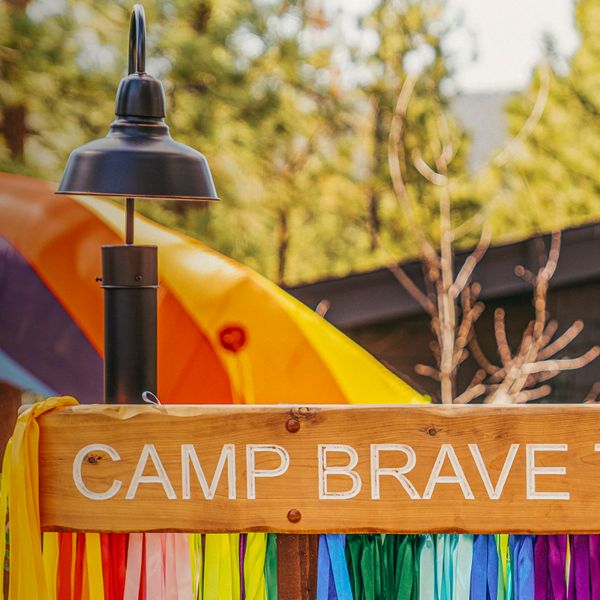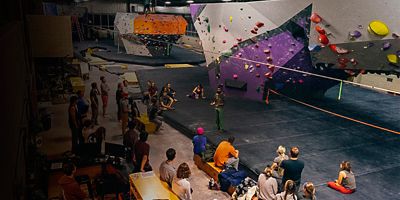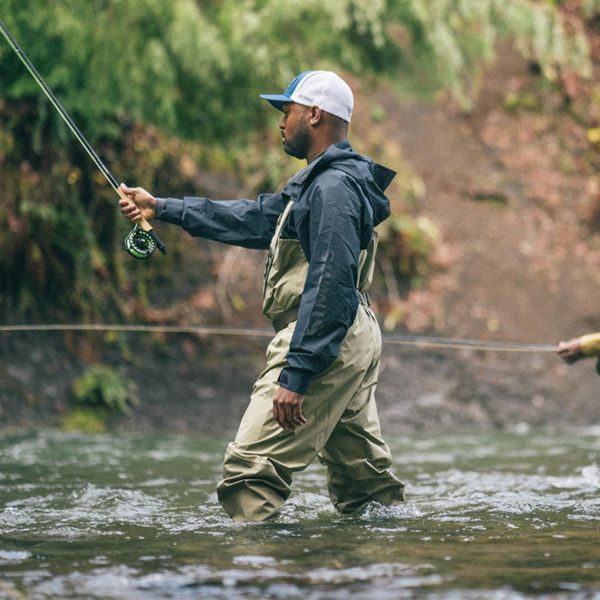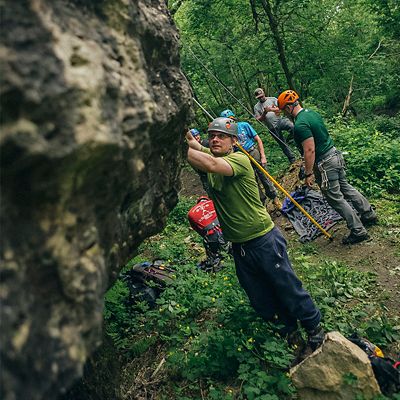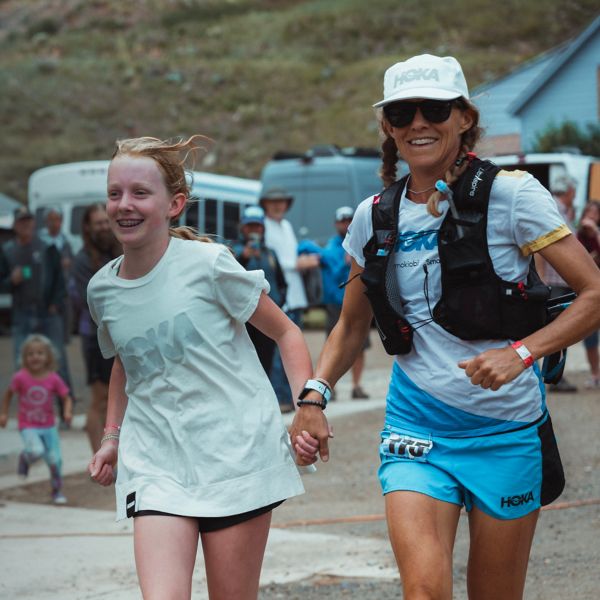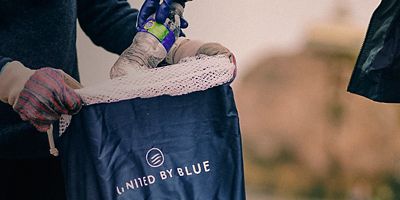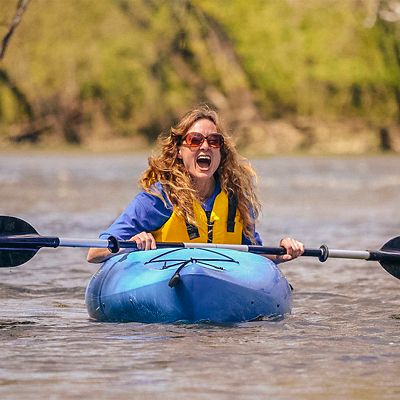Last fall, Patagonia quietly launched a small collection of clothing that contained a groundbreaking new ingredient. Hidden within the brand’s iconic ballcaps and outerwear were fibers made from recycled commercial fishing nets. It’s something no clothing brand has ever done before, and it’s poised to have a massive environmental impact.
For one thing, recycled nylon has been something of a holy grail for outdoor companies. For years, various brands have offered recycled polyester gear and clothing but have struggled to find a good source of recycled nylon. That meant they were using vast amounts of water and energy to produce virgin nylon instead. Patagonia’s new fabric, called NetPlus, presents an alternative. As such, it could totally change the landscape of outdoor gear.
“Nylon is in a lot of apparel in the outdoor industry, and even today, 98% of it is from virgin materials,” explains David Stover. He’s one of the founders of Bureo, the startup Patagonia partnered with to help develop NetPlus fabric. “When we learned that, we realized that the market was ripe for disruption,” Stover says.
Of course, Stover and his co-founders Ben Kneppers and Kevin Ahearn also wanted to make an impact. All passionate surfers, swimmers, and divers, they had each spent a lifetime in and around the water. They understood the effects of ocean plastic pollution first-hand. So, when the three graduated from college, they started looking for a way to utilize that plastic in something useful.
“We thought, ‘OK, how can we find the convergence of ocean plastics with another big problem that’s not being addressed,’” Stover explains. “That led us to the fishing industry and the products they use.” As soon as the team realized that commercial nets were made out of nylon—a strong, durable, and super-versatile material—they knew they were onto something.



